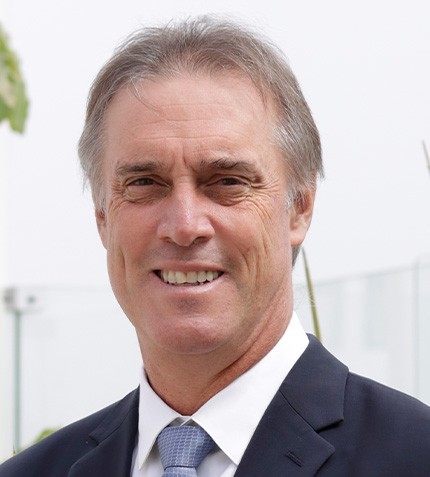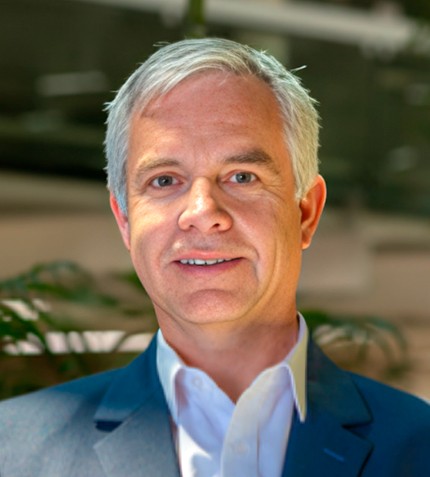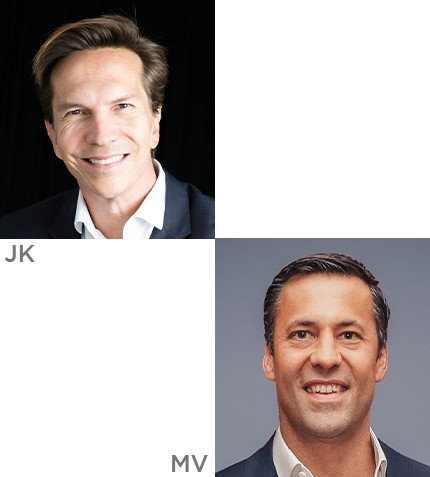
Lorem ipsum test featured
Test CS v2
WORK TITLE
This 2024 Walsh celebrates its 30th anniversary. What are the company's perspectives for this year?
2023 was successful despite its slow and challenging start. As the year progressed and the situation normalized, we experienced a 20% growth and achieved various goals, including the approval of the MEIA of Inmaculada from Hochschild Mining. Additionally, we initiated the MEIA of a greenfield project for Cultinor and continued with the brownfield projects we had in our portfolio. On the other hand, we focused considerably on the renewable energy and transmission lines segment, often linked to the development of mining projects. Regarding our staff, we have grown by 10%.
We will celebrate our 30th anniversary in 2024, a milestone of which we are very proud, considering the Peruvian business landscape. I believe we were pioneers in environmental consulting, as when we started, few companies were dedicated to what we do.
Looking ahead to the rest of 2024, we have managed to accumulate a portfolio of significant projects that ensures a growth of between 15% and 20%. While 90% of our income has historically depended on mining, we also provide services to infrastructure projects that have a transversal impact on mining, such as the Port of Chancay and the Marcona Port Terminal.
What is Walsh's focus and added value in renewable energies?
We have been dedicated to obtaining environmental permits and environmental management instruments and monitoring tasks in the field of renewable energies. We have participated in various unconventional renewable energy projects, including solar installations in the south and wind farms in the north. A noteworthy project is the Bayóvar Wind Farm and another solar project in Moquegua, which reflects significant growth in this segment, driven by the energy transition and the search for a cleaner matrix, especially in the mining industry.
How have environmental standards in renewable energies evolved in recent years?
The regulation of renewable energies is fully established, although it is subject to a constant evolution process. Environmental standards vary as new practices emerge and projects progress, which may result in more stringent requirements in certain aspects and more flexible in others. The demand for these energy sources, particularly by the mining industry, which has high environmental standards, is notable. Consequently, mining companies demand the same standards from their suppliers. Additionally, since many renewable projects require financing, conducting thorough environmental studies becomes crucial to ensure the necessary financial backing.
What are the key strategies to gain and maintain the trust of local communities?
Our community relations department, composed of 30 professionals, offers a wide range of services, from baseline and cadastral work to community relations management and compensation negotiations once the environmental impact studies are approved. Gaining and maintaining the communities' trust is essential, and this involves solid commitments and timely execution of concrete objectives to establish long-term credibility.
The mining activity, often located in remote areas lacking infrastructure, requires a balance between the state's responsibility, the mining industry's objectives, and the needs of local communities. Furthermore, the past and historical management of mining in Peru has left marks, including environmental liabilities. External groups sometimes use these factors to influence local communities for their own benefit. I believe the most crucial part is to keep as much information as possible about what is being done, be transparent and consistent, and demonstrate that there are contingency plans to minimize risks.
On the other hand, there is the issue of the "second belt." The "second belt" challenge presents a complex situation in the communities adjacent to the mines. They often do not experience the same level of direct impact but observe improvements in their closer neighbors. The key lies in ensuring that these communities also benefit, whether through the mining canon or other systems. Although it is a difficult challenge, it is essential to address it, especially considering Peru's mining nature.
How does Walsh plan to integrate Artificial Intelligence into its services?
In 2023, we began our digitization process, an initiative we will continue to focus on in 2024. Our goal is to integrate artificial intelligence to streamline data processing and habitat recognition, thus improving the efficiency and quality of our services. Once implemented, we plan to offer a joint platform to our clients for closer collaboration.
| COMPANY PROFILE |











